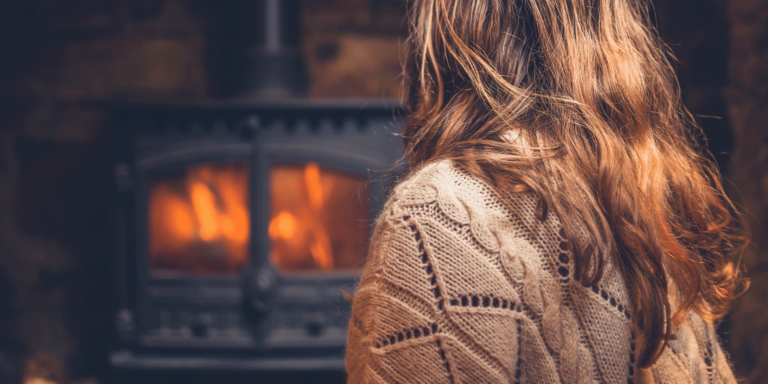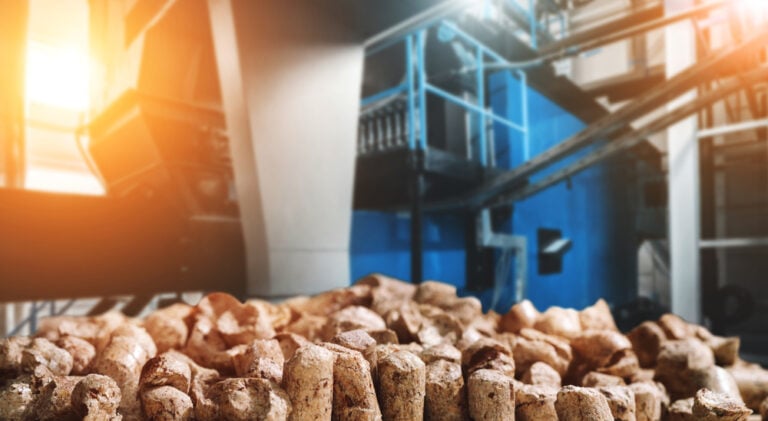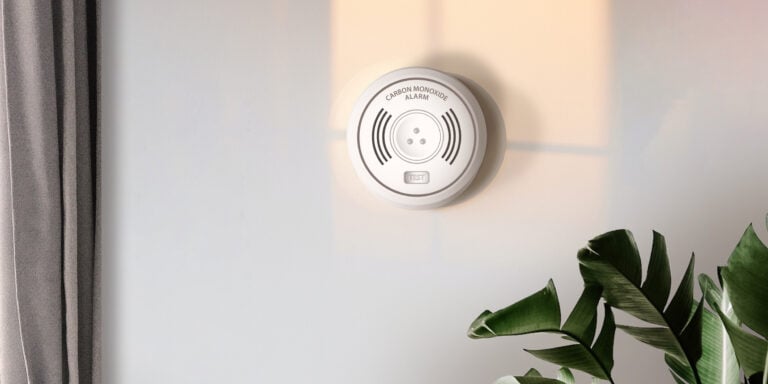
Have yourself a merry little Christmas
Here at HETAS we want to ensure you have a safe and enjoyable festive period with your family and friends. Here are some of our top festive tips to help you along the way, including getting your chimney swept and checking smoke and CO alarms.
Be alarmed!
Carbon Monoxide (CO) is an extremely poisonous gas that can be present in the fumes from the combustion of fuel’s which aren’t burnt under the correct conditions. Fuels such as gas, oil, solid mineral fuel and biomass all have the potential to emit CO. The gas cannot be seen, smelled or tasted making it difficult to detect.
Every Tuesday we support the #testittuesday initiative encouraging everyone to check their smoke alarms and carbon monoxide alarms.
Head over to our social media channels for regular tips and advice.
CO alarms must be in a permanent, fixed position and located in the same room as the appliance, as per Approved Document J of the Building Regulations. The handy video below identifies the best position for a CO alarm.
Make sure you are aware of the signs of symptoms of carbon monoxide poisoning, our advice page has some useful tips.
Safely Stored
We have seen it so many times, a pile of logs stacked neatly next to a stove. This can be very dangerous and has led to firewood igniting before it’s even made it into the stove.
As recently as last weekend we were informed of a fire caused by logs being stored too close to a wood burning stove.
Logs stored next to a stove can ignite and cause fires as demonstrated in this article in Dorset Echo.
Where is your firewood stored? Make sure you keep your firewood a safe distance from the stove.
Keep guard!
As the story above highlighted, an unattended stove can have dangerous consequences. Never leave a stove unattended and make sure the fire has been put out before you head off to bed or leave the house.
You might also have family visiting with younger children or elderly who might not be used to a stove. If the stove is lit, ensure the use of a fireguard.
Bin that ash
Hot and cooling ashes can be a fire and carbon monoxide hazard. Make sure that you leave sufficient time after a fire to let the ash cool and keep the door to the stove closed. Ensure that all disposing of ash is done so with the correct equipment, such as safety gloves. Use a galvanised steel or metal ash can or bucket that can be sealed to collect all the unwanted ash. Take your time to remove the ashes to avoid any ash spreading across your room. Slowly transport the container outside of your house and dispose of in a designated area. Do not allow ash to collect in the bucket inside your house for any period of time.
Take a read of our full article on disposing of stove ash.
Book that sweep!
When was the last time you had your chimney swept and stove serviced? You can sweep for HETAS Approved Chimney Sweeps and Servicing Technicians using our handy postcode search options.
Further Reading
Toggle All
Expand search radius



